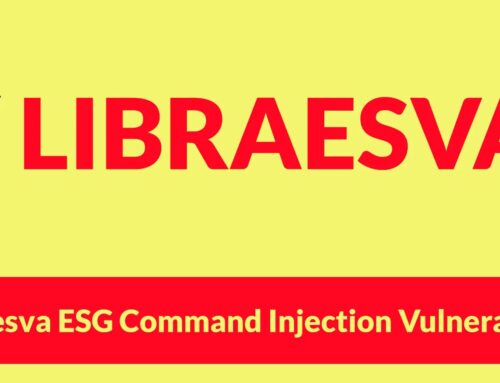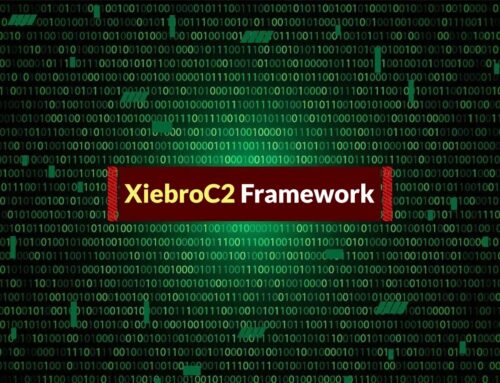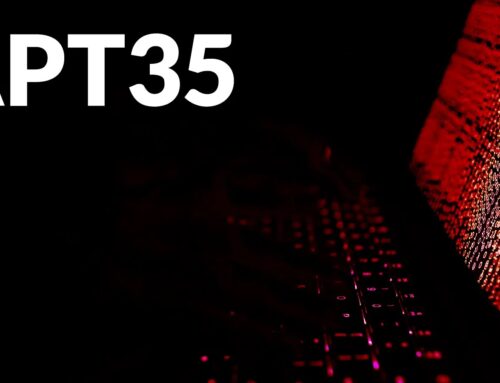
Threat Actors Behind WARMCOOKIE Malware Added New Features to It’s Arsenal
Unpacking WARMCOOKIE: A Backdoor Evolves Beyond Simple Command Execution
The digital landscape is a battleground where threat actors constantly refine their arsenals. A prime example is the WARMCOOKIE backdoor, which first emerged in mid-2024. Initially observed as a relatively lightweight implant designed for remote command execution, its modular design has allowed for rapid evolution. Recent intelligence, as highlighted by Cybersecurity News, indicates that the operators behind WARMCOOKIE have significantly enhanced its capabilities, posing an escalating threat to enterprise networks across various regions. Understanding these developments is crucial for bolstering our collective cybersecurity posture.
The Genesis and Initial Modus Operandi of WARMCOOKIE
WARMCOOKIE’s initial campaigns were deceptively simple yet effective. Threat actors primarily leveraged recruiting-themed phishing emails to ensnare victims. These emails typically contained malicious documents designed to coax unsuspecting users into execution. Once activated, WARMCOOKIE established a foothold, primarily serving as a backdoor for remote command execution. This initial phase demonstrated a clear intent: gain access, maintain persistence, and prepare for further exploitation. The modular nature of its codebase from the outset signaled its potential for adaptation, a characteristic that has now become a central concern.
From Lightweight Implant to Enhanced Arsenal: New Features Emerge
The evolution of WARMCOOKIE is a testament to the agility of its operators. What began as a “lightweight implant” has expanded its functional scope. While specifics regarding every new feature are often tightly guarded by intelligence agencies and security researchers, the general trend in such backdoor evolution typically includes:
- Expanded Data Exfiltration Capabilities: Moving beyond simple command execution to sophisticated methods of data theft.
- Improved Evasion Techniques: Employing more advanced methods to bypass antivirus and endpoint detection and response (EDR) solutions.
- Persistence Mechanisms: Implementing more robust and stealthy ways to maintain access even after system reboots.
- Lateral Movement Tools: Incorporating features that facilitate movement within a compromised network, increasing the scope of an attack.
- Command and Control (C2) Resilience: Utilizing more sophisticated C2 communication channels to resist detection and takedown efforts.
These enhancements suggest a move towards more complex and multi-stage attack scenarios, enabling actors to conduct more damaging operations post-compromise.
Targeting Enterprise Networks Through Malvertising and Phishing
Over the past year, threat actors deploying WARMCOOKIE have consistently targeted enterprise networks. The primary delivery mechanism remains phishing, with a particular emphasis on recruitment themes – a highly effective social engineering tactic. However, intelligence also points to the exploitation of malvertising, a technique where malicious advertisements are used to redirect users to compromised websites or deliver malware directly. This dual-pronged delivery approach increases the attack surface and complicates defensive strategies. The targeting of enterprise networks underscores the actors’ motivation for financial gain, intellectual property theft, or state-sponsored espionage.
Remediation Actions and Proactive Defense Strategies
Given the evolving nature of WARMCOOKIE and its delivery mechanisms, organizations must adopt a multi-layered defense strategy. Proactive measures are paramount to mitigating the risks posed by this sophisticated backdoor:
- Strengthen Email Security: Implement advanced email filtering solutions that can detect and block phishing attempts, especially those with malicious attachments or links. Conduct regular phishing simulations to train employees.
- Endpoint Detection and Response (EDR): Deploy EDR solutions to monitor endpoints for suspicious activities, recognize TTPs associated with backdoors, and enable rapid response to compromise.
- Network Segmentation: Segment networks to limit lateral movement in the event of a breach. This can contain the damage and slow down an attacker’s progress.
- Regular Patch Management: Ensure all operating systems, applications, and network devices are regularly patched and updated to close known vulnerabilities that WARMCOOKIE or its delivery mechanisms might exploit. While a specific CVE for WARMCOOKIE itself isn’t applicable as it’s malware, many of the vulnerabilities it might exploit are. For instance, common vulnerabilities in document handling could include those related to Microsoft Office, which can be tracked on official databases like cve.mitre.org.
- User Awareness Training: Educate employees about the dangers of unsolicited emails, malvertising, and the importance of verifying sender identities, particularly for recruitment-themed communications.
- Application Whitelisting: Implement application whitelisting to prevent unauthorized or malicious programs from executing on endpoints.
- DNS Filtering and Web Content Filtering: Block access to known malicious domains and C2 servers associated with malware campaigns, including those used by WARMCOOKIE.
Conclusion
The continuous development of the WARMCOOKIE backdoor by its threat actors highlights a persistent and adaptable adversary. Its evolution from a simple remote command execution tool to a more feature-rich implant, coupled with its use of sophisticated delivery methods like malvertising and targeted phishing, underscores the ongoing need for robust cybersecurity measures. Organizations must remain vigilant, prioritize employee education, and implement comprehensive security solutions to detect, prevent, and respond to such evolving threats effectively. Staying informed about attacker TTPs and regularly reviewing security postures are essential in this dynamic threat landscape.





